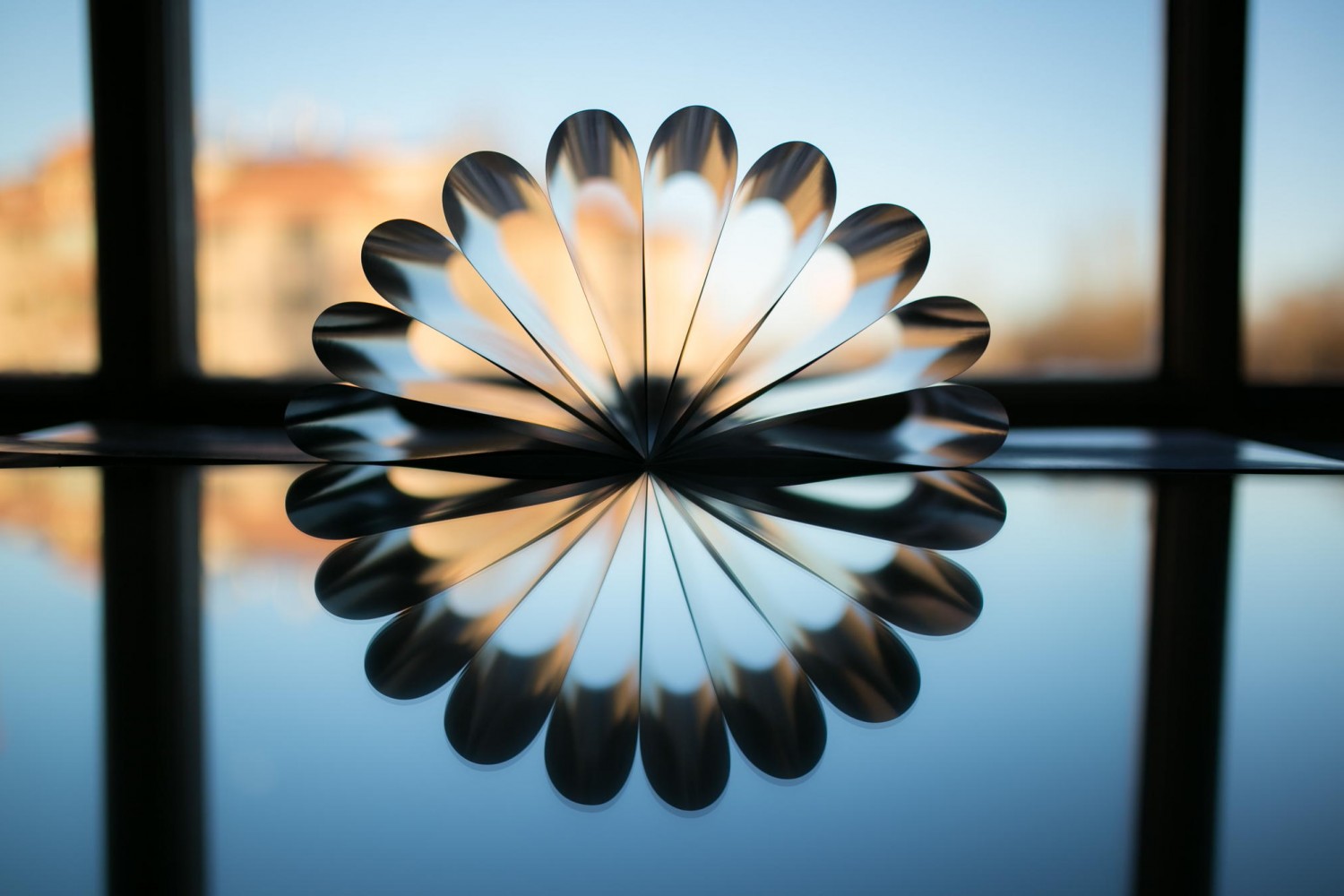How Iconic Art Movements Inspire Modern Photography Techniques
A look into how movements like Impressionism, Surrealism, and Minimalism continue to influence photographic style and how photographers can incorporate these techniques
FACT-CHECKED ✅
Photography is as much an art form as it is a science, drawing inspiration from a vast history of artistic movements. Movements like Impressionism, Surrealism, and Minimalism have left indelible marks on visual arts, shaping how we perceive and create images. From soft, evocative lighting to symbolic abstractions, photographers today can draw on techniques from these influential movements to add depth, meaning, and style to their work. This article explores how photographers can use principles from iconic art movements to enhance their craft, creating powerful, visually engaging images that resonate on a deeper, emotional level.
 |
| Photography draws inspiration from a vast history of artistic movements. (📷Murray Fredericks) |
Impressionism: Capturing Fleeting Moments and Emotions
Impressionism, which emerged in the late 19th century with artists like Claude Monet and Pierre-Auguste Renoir, revolutionised art by focusing on light, colour, and emotion rather than precise detail. Impressionist painters aimed to capture the feeling or “impression” of a scene rather than an exact, realistic representation. This approach translates beautifully into photography, allowing photographers to evoke moods and memories.
To bring Impressionism into photography, focus on creating soft, natural images that capture a sense of movement and emotion. Utilising natural lighting, photographers can play with diffused light, which creates a soft glow similar to brushstrokes on a canvas. Techniques like intentional motion blur, selective focus, and shallow depth of field are highly effective in suggesting movement or transience in a scene, reflecting the fleeting, dreamy quality of Impressionist art. For example, a photograph taken during the golden hour, with light filtering through a window or trees, can recreate the warm, atmospheric quality of an Impressionist painting.
 |
| Impressionists aimed to capture the feeling or “impression” of a scene rather than an exact, realistic representation. (📷sfgate) |
Surrealism: The Power of Dreamlike Imagery and Symbolism
Originating in the early 20th century, Surrealism emphasised the power of dreams, the unconscious mind, and the blending of reality with fantasy. Artists like Salvador Dalí and René Magritte used symbolic imagery to create otherworldly visuals that challenge viewers’ perceptions. In photography, surrealistic techniques allow artists to go beyond the literal, creating images that stimulate the imagination and provoke thought.
Photographers can introduce surrealist elements by experimenting with unconventional compositions, double exposures, reflections, and unique juxtapositions. Techniques such as layering multiple images, utilising reflections, or combining real and artificial light can create dreamlike atmospheres. Digital editing tools allow for further surreal manipulation, enabling photographers to add elements or distort images in ways that spark intrigue. For instance, capturing a reflection in water or a mirror can create a visual “twist” that encourages viewers to question reality, echoing the surrealists’ objective to challenge traditional norms of perception.
 |
| Surrealistic techniques allow artists to create images that stimulate the imagination and provoke thought. (📷iso.500px) |
Minimalism: Achieving Simplicity and Focus in Photography
Minimalism, which originated as an art movement in the 1960s, focuses on simplicity, emphasising clean lines, empty space, and a pared-down aesthetic. Minimalist artists like Donald Judd and Agnes Martin sought to eliminate distractions, drawing viewers’ attention to the essence of the subject. In photography, minimalism is highly effective for creating powerful images with a focused, uncluttered composition.
Minimalist photography involves removing all non-essential elements to focus solely on the subject. Clean compositions, negative space, and a restricted colour palette can help photographers achieve a minimalist style. This technique invites viewers to concentrate on a single element or concept, making the subject feel more powerful. For example, a stark, monochromatic image of a single tree against an open sky can convey a sense of solitude and contemplation. By keeping the background uncluttered, photographers can guide the viewer’s eye directly to the focal point, drawing out the intended emotion without distraction.
 |
| Minimalism is highly effective for creating powerful images with a focused, uncluttered composition. (📷coolwallpapers) |
Creating Unique, Hybrid Styles
While each movement has distinct characteristics, photographers can blend elements from Impressionism, Surrealism, and Minimalism to create unique styles. For instance, a photographer might use the soft lighting and movement of Impressionism alongside the simplicity and focus of Minimalism to convey both emotion and clarity. Alternatively, a surrealist-inspired photograph with minimalist composition can deliver a powerful, surreal image that feels both strange and grounded.
 |
| Photographers can blend blend elements from different art movements to create unique styles. (📷lightstalking) |
One approach is to combine surreal compositions with minimalist aesthetics, such as isolating a surrealistic object in an empty space, giving it a mysterious aura. Photographers might also capture an impressionistic, softly focused image with a single, central subject, providing the emotional resonance of Impressionism with the simplicity of Minimalism. Experimenting with these combinations can open up creative possibilities, leading to original work that resonates across different viewer sensibilities.
 |
| Movements like Impressionism, Surrealism, and Minimalism have shaped how we perceive and create images. (📷iso.500px) |
Each art movement offers unique tools for photographers to experiment with, pushing the boundaries of style and technique. By studying and incorporating elements from Impressionism, Surrealism, and Minimalism, photographers can enrich their work, enhancing both its visual impact and emotional depth. From capturing the warmth and movement of Impressionist art to exploring the surreal qualities of dreams or the simplicity of minimalist composition, photographers can use these techniques to create powerful, resonant images that communicate on multiple levels.
⭐⭐⭐



Comments
Post a Comment